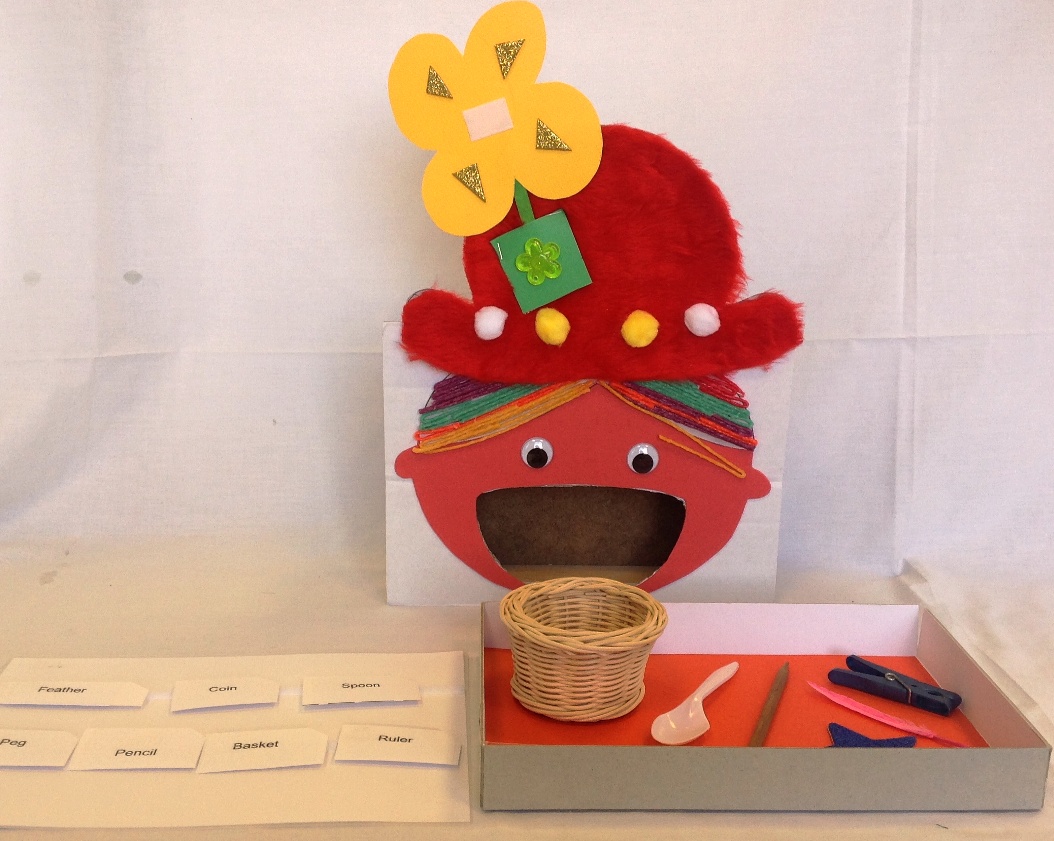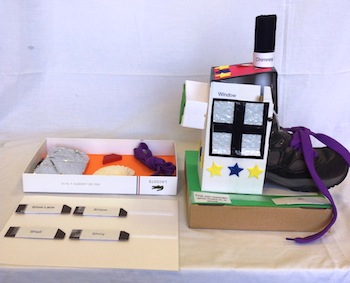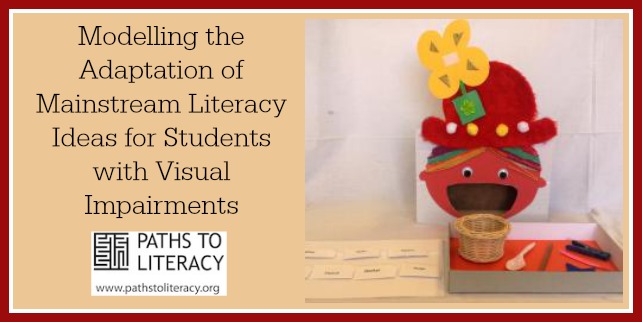
Resource
Modelling the Adaptation of Mainstream Literacy Lessons
Model lesson to demonstrate to a classroom teacher how to adapt the lesson content to meet the need of the child with visual impairment.
Positive Eye delivers a two day “Teaching Braille Course” to provide a practical toolkit to support professionals. Here I share a mainstream literacy lesson which I use during the course. I use it as a model to demonstrate to the class teacher how to adapt the lesson content to meet the need of the child with Visual Impairment.
This is an example and specific and further adjustments would be necessary according to the need of the child. The download sets this out in a table to map across the simple changes that need to be made. I think it is important to demonstrate to the mainstream teacher that often a few simple adjustments can make their lesson accessible, even when it is being accessed by tactile methods.
Original mainstream Lesson Plan 1: What’s in the box?
Resources
-
Set of word cards (e.g. words containing sets of 1 and 2 letters – it, in, am, at, is, an
-
Set of objects or pictures corresponding to the word cards, hidden in a box
-
Soft toy (optional)
Procedure
- Display a word card (e.g. map).
- Go through the letter recognition and blending process appropriate to the children’s development
- Ask the toy or a child to find the object or picture in the box.
- Map, pan, tap, tin, mat
Variation 1 (to additionally develop vocabulary)
- Attach some pictures to the whiteboard using reusable sticky pads or magnets or display some objects.
- Display a word card.
- Go through the letter recognition and blending process appropriate to the children’s development.
- Ask a child to place the word card next to the corresponding picture or object.
- Adapted lesson plan to enable access by Braille
Resources
- Set of word cards presented in braille (e.g. words containing sets of 1 and 2 letters)
- Set of objects corresponding to the word cards hidden in a box – make a Lucky Dip Box
- Word board to Velcro word cards too
- Soft toy
Procedure
- Display a word card (e.g. map).
- Place the single word card in front of the child
- Give time for the child to read the word
- Go through the letter recognition and blending process appropriate to the child’s development
- Ask the child to find the object in the box and to place alongside the correct word on their tray
Variation 1
- Display some objects on the child’s tray in front of them.
- Display a single word card on their word board
- Go through the letter recognition and blending process appropriate to the child’s development.
- Ask the child to place the word card next to the corresponding object

Variation 2
You could use a variety of resources to support this activity including all the children in the class.
Here are some from the Positive Eye range that would lend themselves well to this activity: (See separate posts on each of these already posted on Paths to Literacy)

